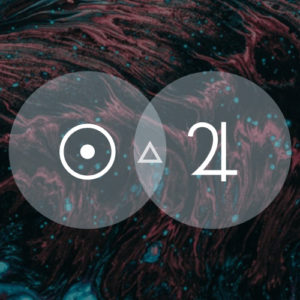

In mundane astrology, Leo Constellation is associated with royal events, especially the ascension or death of kings and queens, the election or death of heads of state, assassinations, uprisings and massacres, currency and the stock exchange, the Vatican and European Union. It also marks the beginning of the 8th manzil (Arabic lunar mansion). Rules grain boxes and the lips and upper mouth. With Moon here at birth, the native will be wealthy, religious, contented, well-served, and fond of life. Those born on the lunar day will be wealthy, fond of hills, merchants, valiant, and women haters. Regulus marks the beginning of the 8th nakshatra (Hindu lunar mansion), Magha (the bountiful): A severe asterism belonging to the Shudra caste and favorable for acts of disgrace, destruction, deceit, imprisonment, beating, burning and poison when containing the Moon. Regulus rules two inches below the top of the kidneys. Allen, states: “If the star of the great lion is gloomy, the heart of the people will not rejoice.” In judicial astrology, however, the dimming of the star presaged evil times. Proclus (412-485) called Regulus the “ Royal Star” and asserted that those born under it have a royal-like nativity. It portends glory, riches, and power to all who are born under its influence. Regulus is one of the most fortunate stars in the heavens. When Mars or Saturn is in conjunction with Regulus, especially exciting events are always recorded, e.g., assassinations, coup d’états, revolutions, revolts, demonstrations, the overthrow of heads of state and similar events. Its effect is, in the best sense, that of Jupiter and Mars. The importance of this star is accentuated by its nearness to the ecliptic. It may convey royal properties, a noble mind, frankness, and courage. According to Anonymous of 379 AD, Regulus is like Jupiter and Mars. Īccording to Ptolemy, it is of the nature of Mars and Jupiter, but most later authors liken it to Mars only, while Alvidas states that it is similar to the Sun in good aspect to Uranus. This star imparts to its natives martial honors, great authority, success, a fondness for power and authority, the ability to command, a native who appears to be grandly liberal, high-spirited native, independence, benefits that seldom last, victory over enemies, scandalous actions, violence, failures and greatness that suffers an eclipse. It gives violence, destructiveness, military honor of short duration, with ultimate failure, imprisonment, violent death, success, high and lofty ideals and strength of spirit, and makes its natives magnanimous, grandly liberal, generous, ambitious, fond of power, desirous of command, high-spirited and independent. It makes the wearer temperate, gives favor and appeases wrath. Its image is a lion, cat, or an honorable person seated in a chair. Regulus was one of the fifteen Behenian Fixed Stars, associated with granite, mugwort, celandine, mastic and the kabbalistic symbol. It was one of the four Royal Stars of the Persians in 3,000 B.C., when, as Watcher of the North, it marked the summer solstice. From Regulus, a Little King, and often called Cor Leonis, the Lion’s Heart, and symbolically the Crushing Foot. Symbolically the Crushing Foot, Regulus is associated with the healing Archangel Raphael, one of the four Archangel stars, characterized as the Four Horsemen of Apocalypse (Revelations 6) and Chariot Horses in the Book of Zechariah (The White went North).Ī triple star, flushed white and ultramarine, situated on the body of the Lion.

In Persian, it was Miyan, ‘ the Centre,‘ and Venant, one of the four ‘royal stars’ of the Persian monarchy, where in 3,000 BC, as the Watcher of the North, it marked the summer solstice. In Babylonian, it was Sharru, ‘ the King,‘ and LUGAL, ‘the star that stands in the breast of the Lion: the King.’ In Chinese, it is 轩辕十四, the Fourteenth Star of Xuanyuan, the Yellow Emperor. The traditional name Regulus is Latin for ‘ prince‘ or ‘ little king.’ In Arabic, it is قلب الأسد (Qalb al-Asad, ‘ the heart of the lion‘), the same as the Latin Cor Leōnis and Greek Kardia Leontos. Regulus is actually a quadruple-star system composed of four stars that are organized into two pairs. Leo Constellation The Sun joins Regulus on August 22įixed star Regulus, Alpha Leonis, is a 1.4 magnitude blue-white star in Leo Constellation.


 0 kommentar(er)
0 kommentar(er)
